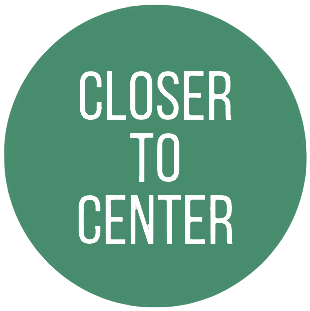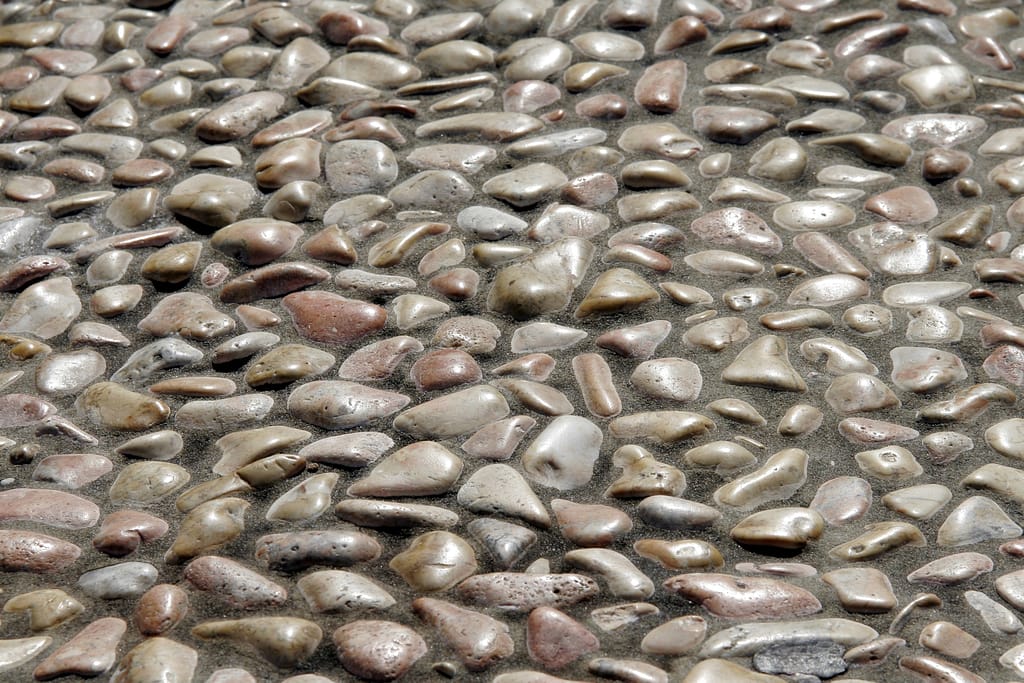By Jennifer Dodge
Humans evolved, shoeless, for hundreds of thousands of years, which means our feet are well adapted to being barefoot from an evolutionary perspective. I really don’t think that much about my feet unless they hurt. They are usually safely tucked away in shoes and socks when I’m out in the public world.
Our feet are the foundation that we are built upon. They affect our stability, posture, and ability to move through the world. They represent our spiritual connection to earth. Our feet are mirrors of our general health. The initial symptoms of many conditions, including arthritis, diabetes, nerve, and circulatory disorders show up first in the feet.
They contain over 200,000 nerve endings. There are more nerve endings per square centimeter in the foot than any other part of the body. This indicates that feet contribute to the building of certain neurological pathways. We constantly receive information from our feet about the surface we walk on with regard to stimuli like pain, pressure, vibrations, temperature, and texture.
That makes me wonder, what is the effect of habitually wearing shoes? Do shoes diminish our awareness and attention toward our feet? How much sensory information are we missing out on? Are we dampening the connection between our brain and our feet? Could always wearing shoes eliminate opportunities for us to create new neural connections?
I have a lot of questions, so I’m diving into the research on the benefits of being barefoot. My previous post, “Is Earthing Electric” discussed how some Earthing enthusiasts believe that walking barefoot on the ground allows us to absorb negative ions though our feet that reduce the free radicals in our body. I couldn’t find any reliable research to support that hypothesis. I did, however, find many other benefits to being barefoot.
Grounding
The research that I found supports the idea that being barefoot is beneficial because the earth grounds excess electrical energy in our body, and by doing so, increases the tone of the Vagus nerve.
Bellieni (2008) found that EMFs produced by incubators influence newborns’ heart rate variability, indicating an effect on their autonomous nervous system because heart rate variability is an indicator of the functioning of the Vagus Nerve.
Research indicates that when Vagus Nerve activity (also referred to as tone) is too low, chronic inflammation is increased (Huston 2011). Stimulation, which increases the activity, of the Vagus nerve is used as a treatment for many conditions.
Passi (2017) did further research and found that electrical grounding increased preterm infants’ vagal tone, and that vagal tone significantly decreased when not grounded. Low vagal tone in preterm infants has been associated with increased risk of a condition known as necrotizing enterocolitis, which has a high morbidity and mortality rate.
It should be noted that this study used a grounding device. The inference that can be made is that being grounded, whether it be through a device or through your feet touching the ground, will have a similar positive effect on your health, such as reduction of chronic inflammation, which is regulated by the Vagus Nerve.

Increased Neuroplasticity
Neuroplasticity is the brain’s ability to “rewire” itself by creating and reorganizing neural connections in response to new experiences or learning. Impairment of hippocampal synaptic plasticity is thought to be the primary cause of memory loss in the early stage of Alzheimer’s Disease (Di Lorenzo 2020).
Although I can’t find any research looking at this specific connection, there is some speculation that being barefoot increases neuroplasticity. I did find a recent systematic review found that physical exercise “was effective for increasing the production of neurotrophic factors, cell growth, and proliferation, as well as for improving brain functionality” (de Sousa Fernandes 2020). So walking, barefoot or not, could lend itself to increased neuroplasticity.
Neuroplasticity is more likely in situations that are not routine and that require your attention and concentration. Walking barefoot is a unique sensory experience because it requires significant attention and concentration in order to walk safely, avoid obstacles, and position your feet. If barefoot walking is new to you, or if you really haven’t done it much since childhood, theoretically it should increase neuroplasticity.
Improved Proprioception
Proprioception is the perception or awareness of the position and movement of the body. Proprioception, sometimes called the sixth sense, is mediated by neurons located in tendons, muscles, and joints that provide information about balance, movement, position, and muscle tension and force.
Vertical jumps can be used to measure the efficiency of the proprioceptive system (Struzik 2017). A 2009 study found that barefoot group had better results for vertical jump performance when compared to groups that used preventive bracing, or taping (Ozer 2009). This suggests that being barefoot increases proprioceptive awareness.
Increased Stimulation of the Soles of the Feet
Foot reflexology involves applying varied pressure techniques to points on the feet that send a message to the brain about corresponding organs or body systems. It is based on the theory that there are points on the feet with energetic connections to other parts of the body, and that removing the blockages promotes healing and relaxation in the corresponding organs.
In a recent systematic review of randomized controlled trials on reflexology, Huang 2021 found that foot reflexology led to significant improvements in sleep disturbances. Another 2021 pilot study by Anderson & Downey found that foot reflexology significantly decreases pain for inpatients with cancer as compared to traditional nursing care alone.
Additionally, a study based on the premise that contact with the irregular surface of stones stimulates the reflexology points located on the soles of the feet, found that walking on cobblestone mats improved physical function and reduced blood pressure to a greater extent than conventional walking in older adults. (Li 2005)
Temperature Regulation
Feet help us maintain a stable body temperature because they have a large surface area, and specialized blood vessels that expand or contract to regulate body temperature (Taylor 2014). Each foot has approximately 125,000 sweat glands. The soles contain more glands per square centimeter than any other part of the body, which also helps with temperature regulation. Being uncovered allows them to react to the actual temperature of the immediate environment, rather than to the environment within shoes and socks.
Reduced Pain, Injury, and Foot Deformities
One study (D’Août 2009) found that children who wore shoes habitually experienced more pain and injury of the lower-limb structures and demonstrated a higher prevalence of foot deformities compared to those who were habitually barefoot (Aibast 2011). Corns and calluses are formed to protect sensitive areas prone to friction and pressure from shoes rubbing the skin over bony areas when wearing shoes.
Increased Flexibility, Pliability, and Strength
Hollander (2017) found that habitual footwear use has significant negative effects on foot-related outcomes such as a reduction in foot arch and hallux angles. Aibast (2011) also found increased indicators of foot function and flexibility in subjects who were habitually barefoot.
More Even Distribution of Weight
A systematic review in 2015 found that habitually barefoot walkers experience a reduced impact force and a more even distribution of pressure over a longer period of time. This was thought to be the result of a flatter foot placement and a wider surface area in the plantar area. (Franklin 2015)
Increased physical activity
Interestingly a study found an association between children being habitually barefoot and a higher level of physical activity than those who were habitually shod. (Aibast 2011)
I’m not advocating for people to go barefoot all the time. There are clearly some places or situations where it would be unsafe. While caution and awareness of your physical environment should always be used when walking barefoot, it clearly has some benefits.
Going barefoot outside gives me nostalgia. It brings back great childhood memories of all the time I spent outside as a child. The feeling of cool grass, the warm earth in the garden, and soft paths cushioned with moss or pine needles, and freedom from the hassle and restrictiveness of shoes.







